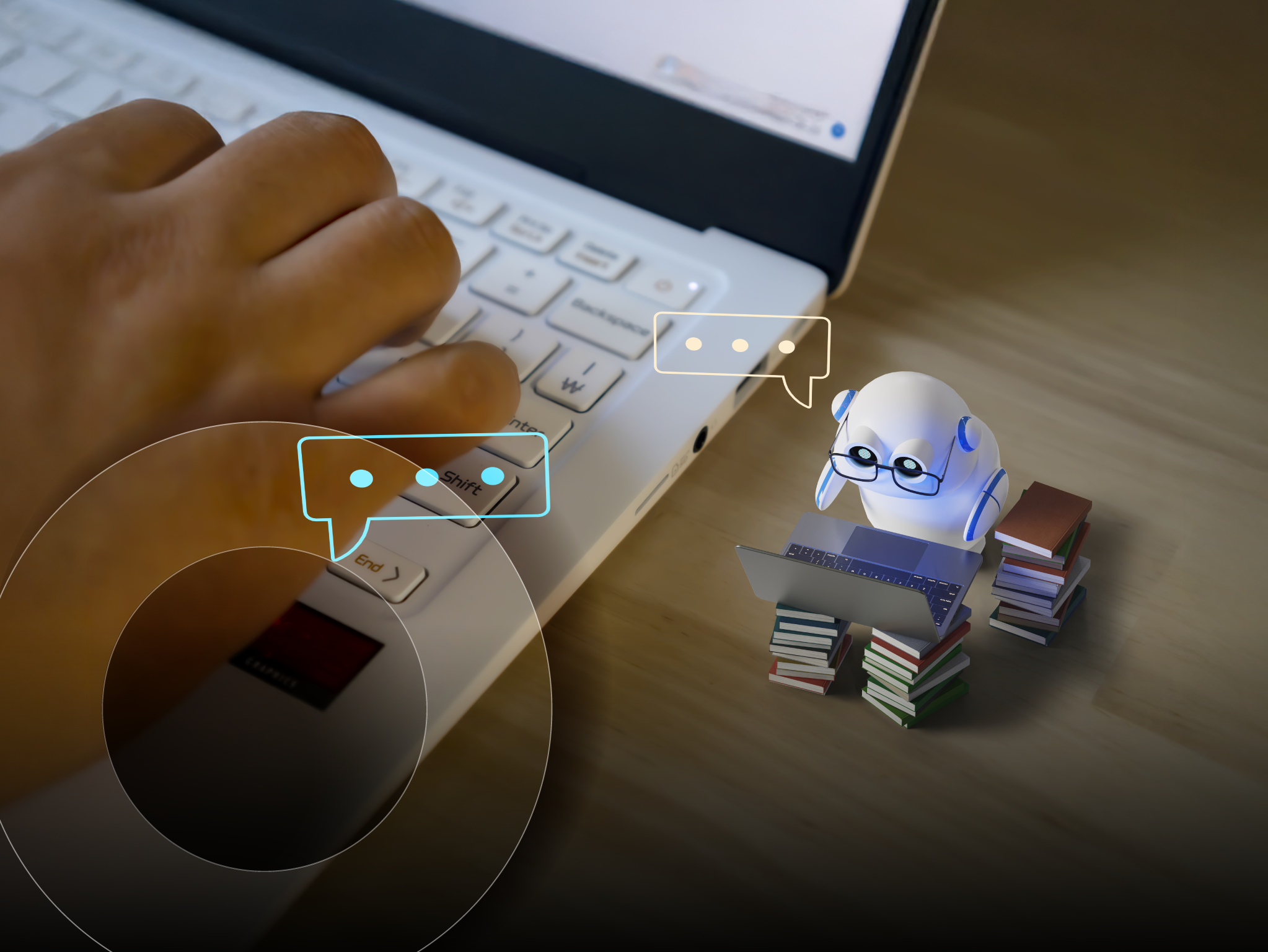Creating effective IT management: Why DASH compliance is just the start

The job of IT management was complex enough already without the sudden complication of overseeing a massive remote workforce. But that’s one of the many challenges created by COVID-19.
We must now figure out how to keep hundreds – possibly thousands – of devices updated, operational, and secure – all from a distance, over ad hoc networks quickly assembled with home internet connections. A task that becomes even more complicated when workers log in remotely to their office computers using personal devices.
With more people working from make-do home networks, there are greater risks that crucial software updates go uninstalled, malware creeps in, and security vulnerabilities are exploited – with potentially devastating consequences.
In this new landscape, Desktop and mobile Architecture for System Hardware (DASH) management tools are increasingly insufficient. IT managers need more powerful solutions that exceed bare-bones capabilities and offer a robust toolbox for accessing and managing every client device, regardless of location or operational status.
Why DASH-compliant tools aren’t enough
In the past, managing non-local computers and servers required a remote management card that might support only a few motherboards. As such, manufacturers and developers needed a set of standards for hardware and software to work together.
This need drove the creation of DASH – the industry’s suite of standardized specifications – for developing secure in-band, out-of-band, and remote management capabilities for all desktop and mobile devices.
While a management console that purports to be “DASH compliant” has met certain minimum industry standards for bare-bones functionality, think of it as the base model of a new car: It’ll get you where you’re going, but with no power steering, no air conditioning, no radio, no leather seats, and no “oomph.”
Even the world’s leading IT management platforms are based on DASH. But from that starting point, those platforms accelerate far beyond the basic standards in capability and performance.
That’s why, if you’re an IT administrator or decision-maker exploring the best management alternatives, you must probe the details about any given platform’s “DASH compliance.” Because what it can and cannot do isn’t always clear.
The elements of a robust IT management platform
In today’s challenging business environment, effective IT management requires a robust platform. Start by looking for these essential features and functionalities:
- Silicon versus software-based: Remote management tools that are based in hardware allow IT to diagnose and fix problems at the hardware and software level, regardless of their location or operational status.
- Out-of-band management: Leading hardware-based platforms can tunnel into a client even when the OS is down, off the network, or nonfunctioning due to a virus or other problem, thereby gaining secure system control to remediate issues quickly. IT can assume KVM control, reset a system and watch it boot, go into the BIOS, and re-image the system, all remotely. DASH-only management solutions require in-band connectivity, functioning only when the OS is up and running.
- Wireless device support: Leading management suites extend the ability to manage a wireless client as well as a wired device. In contrast, DASH-only consoles require the PC to be hard-wired and do not accommodate wireless.
- Alarm clock capabilities and control: If you need the ability to power systems on and off at predetermined times – to push out scheduled post-midnight updates, or bring systems up in the morning for the start of the workday, for example – a more robust technology suite can deliver. DASH-only systems cannot.
- Remote configuration: Leading management suites enable IT to perform that function regardless of location, whereas a DASH-only solution requires the system to be physically present, plugged in, and booted up.
- Secure, remote drive erasure: If a device carrying sensitive data is lost or stolen, or is scheduled for repurposing, leading management solutions offer the ability to perform a complete wipe of the drive, remotely and securely, protecting valuable business assets. DASH-only management consoles cannot offer this security advantage.
These are just a few of the capabilities that constitute the essentials of effective IT management in the modern business world. There will likely be more elements to consider based on your own industry and management requirements.
DASH is only the first step to effective IT management
With so many risks endangering today’s rapidly growing remote workforce, IT faces a daunting challenge in managing dozens or hundreds of devices in the new normal. It’s paramount you equip IT teams with the management tools they need.
While DASH is a good place to start, organizations need a more robust management system that can address any and all contingencies, regardless of device location or status.
IT administrators and decision-makers would be well served to explore a hardware-based suite of technologies that interact seamlessly to fill virtually all management needs.
If you want to know more about how to increase your workers’ productivity, or learn more about IT Asset Management Services, contact SHI today.
About the author
Barry Heller is a Client Platform Specialist at Intel. Since joining Intel in 2000, Barry has held a number of roles supporting Intel’s Distribution Partners and their customers across the Americas. Today, he provides those partners with solutions, training, and marketing. Follow Barry on Twitter @IntelBarry.




